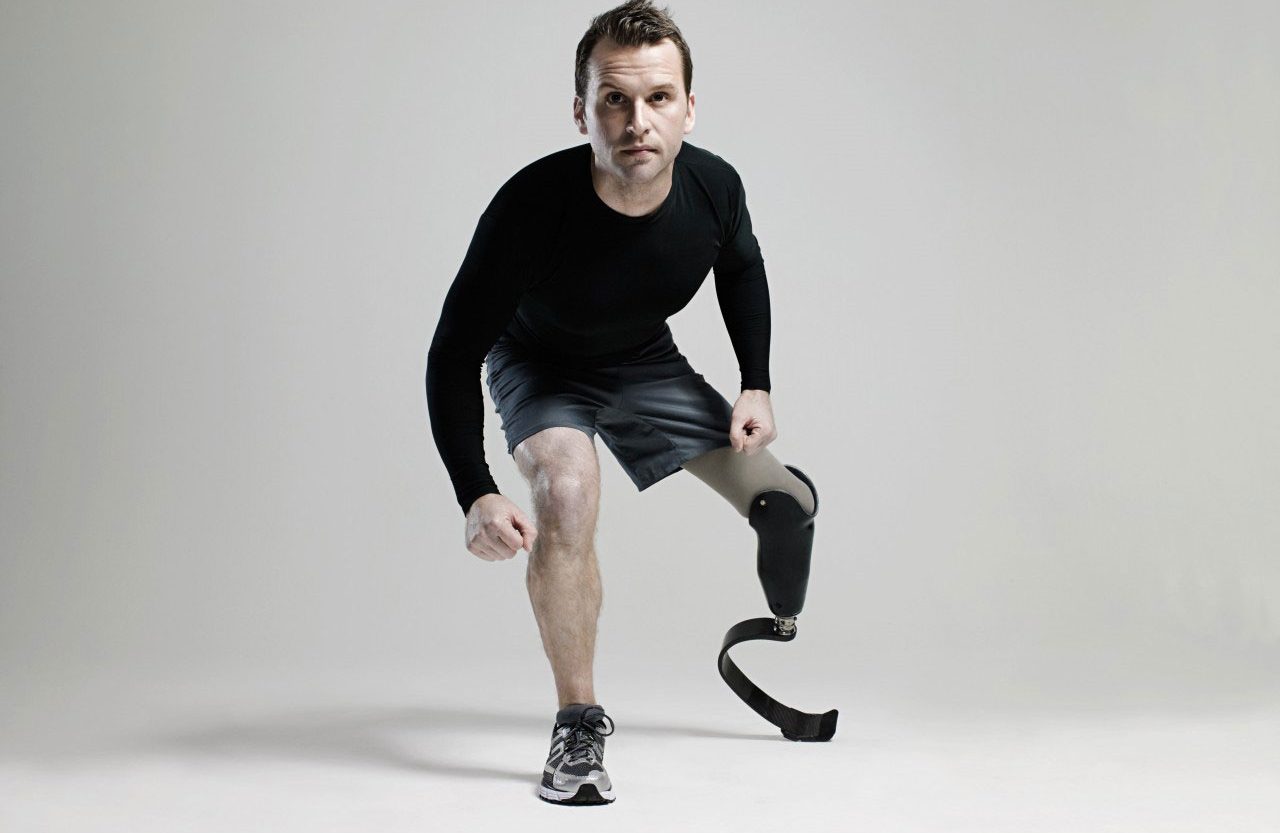Caring for People with War-Related Amputations

Losing a limb doesn’t mean your loved one can’t have an active life.
Medical advances mean that more people will spend decades with prostheses. Don’t despair.
You can have an artificial limb and be an athlete in tip-top shape. More than 1,600 members of the U.S. military had at least one limb amputated as a result of a blast during combat in Iraq and Afghanistan, as of mid-June 2014. In the past, many would have died of those injuries; better protection and first-aid in the war arena, faster evacuation, and more sophisticated surgical care have kept them with us. The U.S. Department of Defense (DOD) has three world-class rehabilitation centers that offer the latest technology in prosthetics and assistive devices.
YOU MIGHT ALSO LIKE: Mindfulness Helps Veterans with PTSD Cope and Heal
Hundreds of people with amputations remain on active duty, according to data in a 2015 report from the DOD, and about 50 have gone back into the field. These are men and women who don’t give up.
Like them, embrace better living … with robotics, not drugs. At the most recent Warrior Games, in Colorado Springs, Colo., contestants were able to run, jump, and throw using some of the latest prosthetic arms and legs. (More than 200 wounded, ill, and injured service members and veterans participated in the 2014 Games, in seven sports including archery, cycling, shooting, sitting-volleyball, swimming, track & field, and wheelchair basketball). The devices researchers are working on now will let amputees do even more. Engineers at the Johns Hopkins University Applied Physics Lab have developed a robotic arm that has 26 joints, can curl up to 45 pounds, and is controlled by your mind, interacting directly with the brain. The new prostheses should also help diminish phantom limb pain and allow users to feel with their prosthetic fingers.
The 2015 DOD report argues that it’s important for the DOD to stay involved in the care of combat amputees, following them as they age. They may have unique health problems over time. The Veterans Affairs administration now serves more than 45,000 people with amputations, mainly seniors who lost limbs or fingers or toes because of diabetes or heart disease — that’s a different group with different needs.
YOU MIGHT ALSO LIKE: Hope for Veterans Coping with Long-Term Injuries
Everyone can focus on what they can do — even if they’re not prepared for Iraq or track meets. As a caregiver, help your loved one get encouragement from people who have lived with their losses. The Amputee Coalition has trained over 1,000 certified peer visitors to meet with you (contact: peersupport@amputee-coalition.org) and keeps a list of more than 300 amputee support groups across the nation.
Check out the Coalition site for literature on managing pain and other issues and studies in need of amputee volunteers. You might even find your next vacation: Debra Kerper, a below knee amputee who has visited more than 30 countries with a wheelchair and a scooter, leads cruises and land tours. If you or your loved one want to get active in advocacy for independence for the disabled, look into the National Council for Independent Living. You might also contact your local Center for Independent Living to find services.
An observant caregiver sees where help is needed and where it isn’t. Don’t be afraid to ask. Look for patterns in your loved one’s ability to do the basics: standing and sitting, climbing stairs, getting in and out of a car, and using the bathroom. Move major appliances such as the washer and dryer from the basement to the main floor, put often used kitchen equipment within easy reach, remove tripping hazards such as area rugs, improve lighting and install nightlights, install grab bars in showers and tubs, and hire or provide help for any task that is proving too much.
It’s important that you take care of yourself, as well — eating healthily, exercising, seeing friends, finding ways to relax. For tips on how to cope or thrive as a caregiver, see the resources at these organizations:
Updated:
April 01, 2020
Reviewed By:
Janet O’Dell, RN